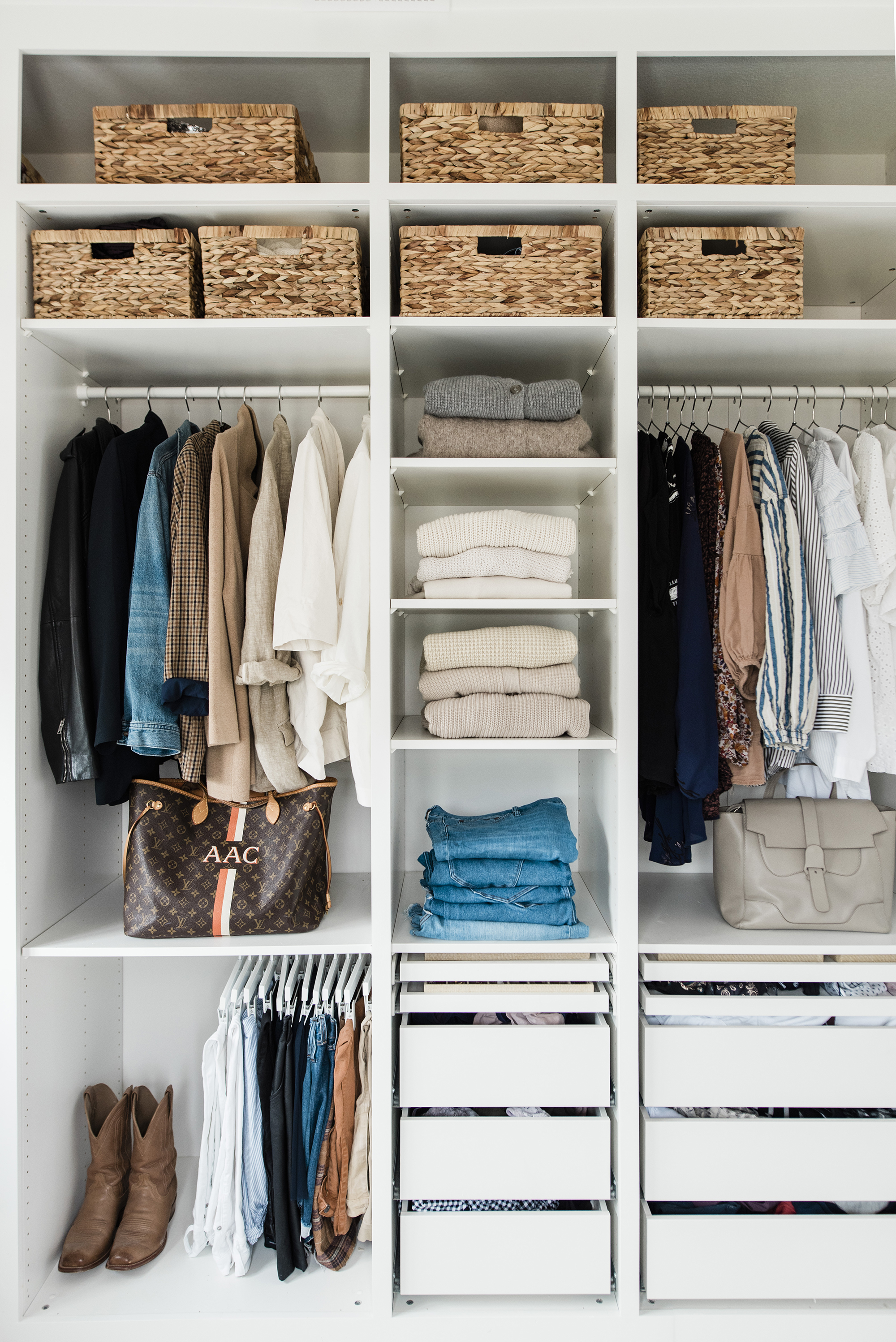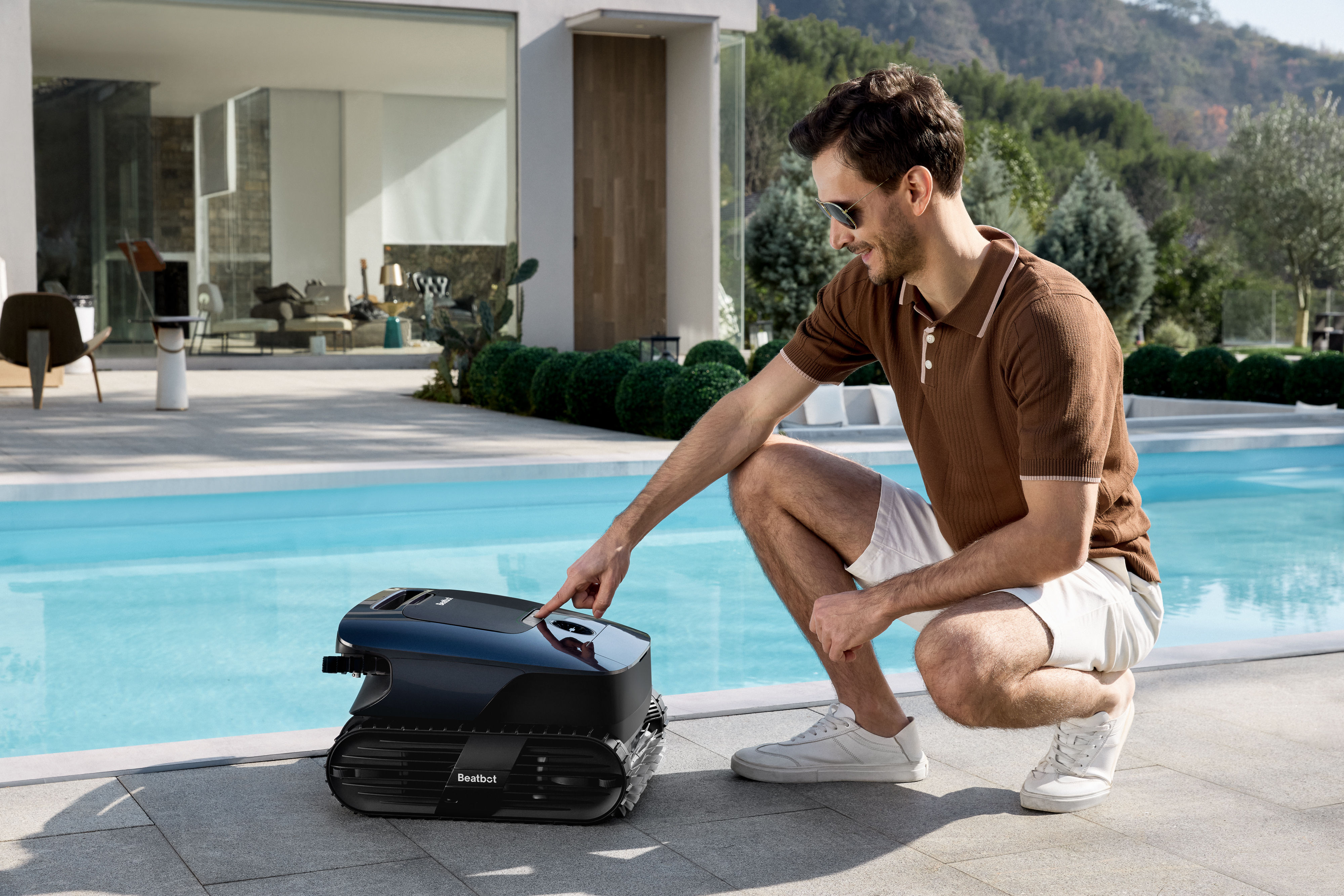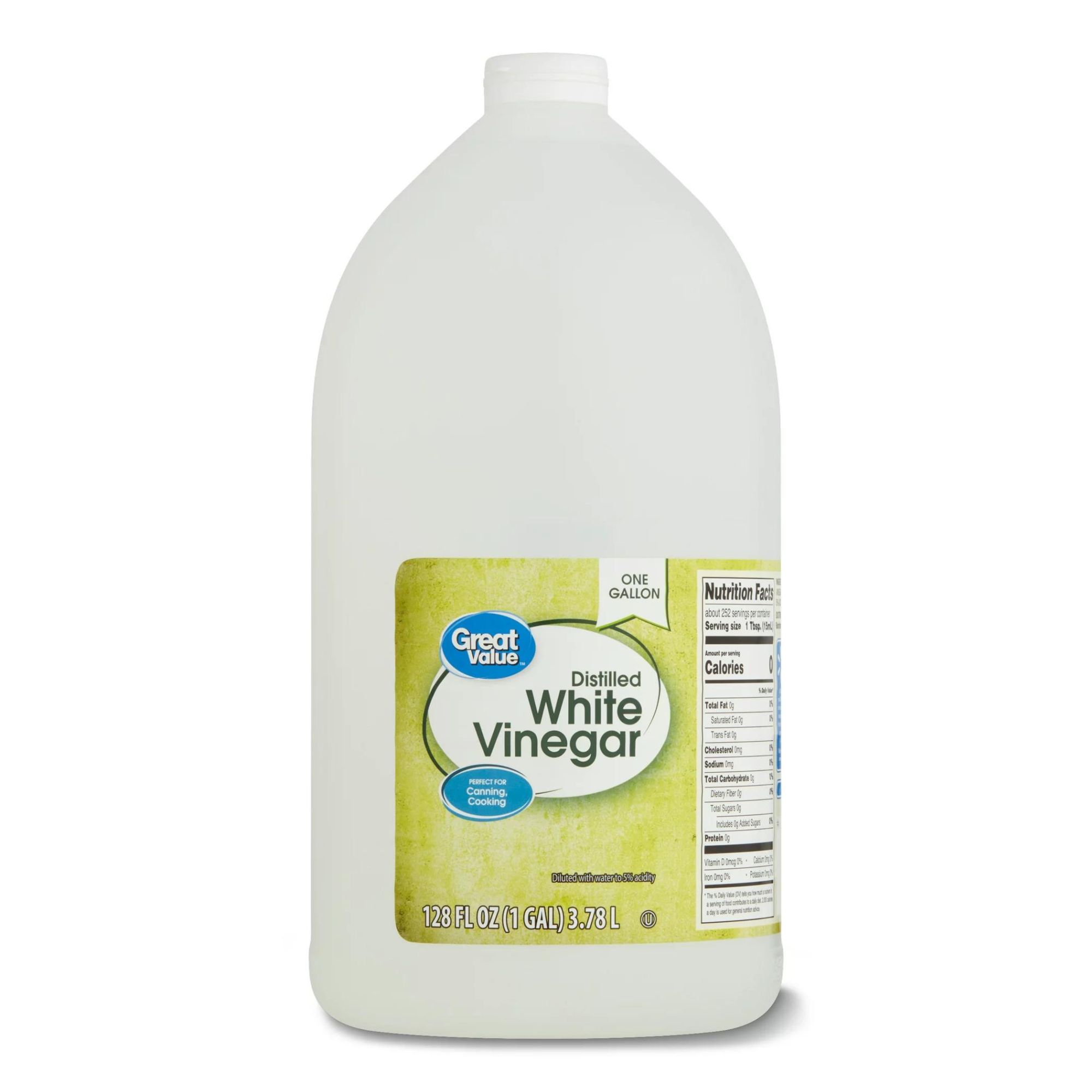How to get mold off handbags – natural solutions for different fabric types
It can be seriously off-putting to spot mold on your handbags – but it doesn’t have to spell the end of your favorite tote

Mold is something that, unfortunately, can appear pretty much anywhere – be it on our food, on mattresses, or in bathrooms. Which is why, though it might feel jarring to see it appear on handbags, it’s not all that surprising.
Thriving in warm, damp environments, mold can actually be fairly common on handbags, which are often stored in dark, dank environments for weeks or even months at a time.
'Mold needs two things to grow; heat and humidity. If your closet is anything like mine, it is stuffed full,' Jenni Archibald, owner of Mold Masters, says. 'We keep our doors shut to hide our clutter, and the majority of the time our closets are not heated or cooled. Coupled all of those factors with a lack of circulation, and that can easily lead to what we call a mold bloom,' she explains.
How to get mold off handbags - 5 options
It's very possible to remove mold from your handbags; so there's no need to worry that your favorite accessory is ruined beyond repair. There are a couple of ways to get mold off handbags, but these can vary depending on the material of the handbag, and so, how delicate you need to be with the removal process.
Here are some of the best options for removing mold from your handbags in order to preserve their quality at the same time…
1. Use white vinegar

Cleaning mold with vinegar can be an excellent solution – and despite the fact that it might feel harsh, Jenni suggests using it straight in order to get the mold off of your handbags.
'Affordable, distilled white vinegar is one of the best ways to clean surface mold – since it is an acid, it will help kill mold effectively,' she says. 'Just dampen a microfiber cloth with the vinegar, and wipe down the affected items. I would advise against diluting it with water, because adding moisture is something you don't want to do when dealing with mold, especially with a handbag.
She does note you can test it first, if you're a little nervous about using pure white vinegar on your handbag. 'Always do a patch test to make sure it does not affect the fabric,' she says. 'And take special caution when dealing with suede or leather handbags.'
In fact, vinegar can also be added to your washing machine, if your handbag is safe to be popped into the washing machine.
Jenni explains, 'If the material can be laundered, just pop it in the wash with your usual detergent and a cup of distilled white vinegar. The acid from the vinegar will help treat any mold spores hidden in the fabric.'
2. Use white vinegar and water on a suede bag
If you don’t feel entirely comfortable using vinegar alone, diluting it with water can also be very effective. In fact, this method can be particularly useful for suede handbags, Deseri Kelley, founder of luxury handbag brand DESERI says.
'To get mold off of a suede handbag, start by gently brushing off the surface mold; but be sure to do this outdoors so that the mold spores are not left to disperse indoors,' she explains.
'Then put together a 50/50 mixture of water and white vinegar, before dabbing the affected areas on your handbag with a clean cloth to kill the mold,' she recommends. As mentioned, the acidic vinegar should break down the mold, and prevent it from spreading any further.
After this, it’s essential to air out the bag, particularly as you’ve used water, which will have added moisture to the bag. Deseri suggests, 'finally, air dry the bag in a well-ventilated area, away from direct sunlight, as this can distort its color. Then, restore the suede nap using a suede brush,' she says.
3. Use water, dish soap and rubbing alcohol for leather handbags
A gentler cleaning solution can come in handy when cleaning other types of handbags; particularly leather handbags, according to Deseri.
To clean leather handbags, mix together a solution of a mild soap (you can use dish soap) and water, and using this on your handbag – before applying a rubbing alcohol and water solution to the bag afterwards.
'Wipe off mold with a dry cloth, and then clean affected areas with a mild soap and water solution,' Deseri suggests. 'After this, use a 50/50 mixture of rubbing alcohol and water to eliminate remaining mold spores.' As mentioned, this method is great for leather handbags, as it’s a little gentler on the delicate material.
Deseri continues, sharing that delicate aftercare is necessary if removing mold via this method from a leather bag. 'After cleaning, allow the bag to air dry in a cool, ventilated spot, and apply olive oil to restore moisture and suppleness to the leather,' she says.
4. Use dish soap, water and white vinegar for most handbags
If your handbag isn’t made of suede or leather, you can use similar cleaning agents to the methods above to tackle any mold that may have appeared.
Deseri explains that for other fabric types - be it cotton or polyester – a mild soap and white vinegar mix should generally do the trick to eradicate mold.
She recommends, 'firstly, brush off surface mold with a soft brush. Then, if the fabric of the handbag is washable, then clean the fabric with a solution of mild soap and warm water.'
If any mold remains, or you want to be sure to give it a thorough deep clean, this is when you can use your trusty white vinegar and water solution once again. 'For stubborn mold, use a 50/50 water and white vinegar solution and scrub this onto your handbag using a clean microfiber cloth,' Deseri says.
'Finally, ensure thorough drying in a well-ventilated area before storing away to prevent any further mold growth.'
5. Take it to the professionals

Some of us are likely to have handbags that perhaps we don’t feel comfortable cleaning mold from ourselves. And this may especially be the care if the handbags hold sentimental value, or if they are particularly delicate or expensive.
In this case, you may feel inclined to skip the DIY treatments above. Or perhaps you have tried them, but with no luck.
'If you’ve given your handbag a couple of treatments and the mold still keeps coming back, it may be worth getting it professionally steam cleaned,' Jenni suggests. This is also a slightly safer option for those bags you don't want to risk damaging.
'You could even take it to a member of the Restoration Cleaners Association; after all, we all have some key pieces in our closets that we would do anything to save!'
FAQs
How to prevent mold from appearing on handbags
Preventing mold from forming on your handbags in the first place is obviously preferable to needing to clean mold off of your beloved bags. And as with any item in your home, there are some precautions you can take to go the extra mile in protecting your handbags from the damage of excess moisture.
To try and prevent mold forming on handbags, many of the experts recommend focusing on proper storage, as well as allowing air to circulate around your handbags. For example, Zac Moyle, founder of The Real Leather Company, explains, 'to prevent mold from forming on leather bags, it's essential to first store leather items in a cool, dry place away from direct sunlight and heat sources when not in use.
'Also, use breathable containers or bags to protect leather from dust and moisture. Avoid plastic bags or sealed containers, which can trap moisture and cause mold,' he continues. And in fact, this is excellent advice for any type of handbag - not just leather ones.
Deseri explains that taking certain measures before storing your bags away can also help to prevent mold. 'You could place silica gel packs inside bags to absorb moisture for when they are in storage. And even better, ensure that you regularly clean and air out said handbags, especially if they are unused for some time,' she says.
Guaranteeing a good circulation of air to the spot where your handbags are stored is generally a good idea too, Jenni says. 'Every once in a while, leave your closet doors open, and allow things to breathe.
'And if you can't leave your closet doors open (perhaps you have little ones or pets), look into purchasing a louvered door or adding a pass-through vent to your door or the header above it to help boost circulation in your wardrobe,' she continues.
Perhaps one of the best ways to try and reduce the occurrence of mold on your handbag is to consider purchasing a dehumidifier. Jenni explains that you can even purchase ones designed for storage cupboards and closets, to help protect your handbags from mold and mildew.
'If your closet is big enough, purchase a dehumidifier for it,' she suggests. 'They are rated by square footage, and you should easily be able to find one for the space you have.'
Sign up to the Homes & Gardens newsletter
Design expertise in your inbox – from inspiring decorating ideas and beautiful celebrity homes to practical gardening advice and shopping round-ups.
Amy Hunt is a freelance lifestyle writer and editor primarily covering homes and interiors, wellness, travel and careers. She was previously Lifestyle Editor at woman&home, commissioning and editing the homes, books and features sections of the website,
In 2019, she won the AOP Digital Journalist of the Year Award, for her work on womanandhome.com. Having worked in the industry for over eight years, she has contributed to a range of publications including Ideal Home, Livingetc, T3,Goodto, Woman, Woman’s Own, and Red magazine.
-
 Step up your pool cleaning routine with Beatbot AquaSense 2 Ultra
Step up your pool cleaning routine with Beatbot AquaSense 2 UltraCelebrate National Pool Opening Day by saving up to $618 on a luxurious pool cleaning solution from Beatbot.
By Sponsored
-
 Isabella Rossellini's kitchen defines 'pantry perfection' – her sleek storage method is one of the most beautiful ways to bring order to your shelves
Isabella Rossellini's kitchen defines 'pantry perfection' – her sleek storage method is one of the most beautiful ways to bring order to your shelvesA custom Chilean applewood pantry lines the walls of the Conclave actress's kitchen – you can tap into her stunning technique from $42
By Megan Slack
